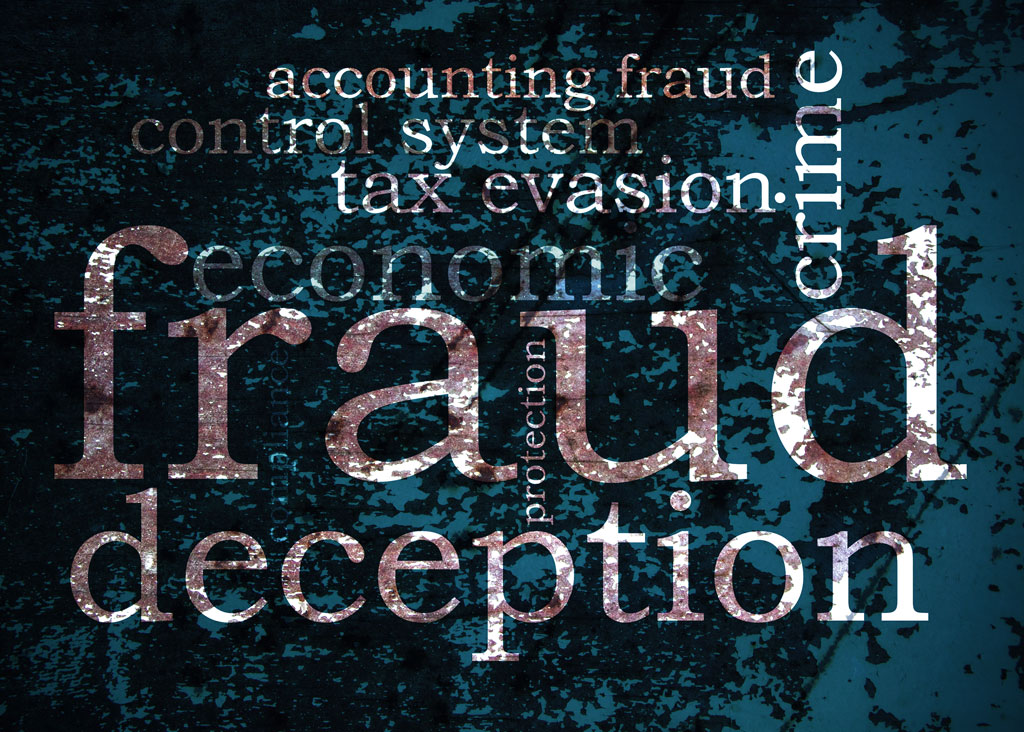
Clamping down on high-end money laundering should be top of the enforcement agenda, says Claire Shaw
- Better co-ordination & information sharing will feed into a more informed enforcement picture in the future.
The dearth of UK prosecutions for money laundering offences has been widely discussed in recent times, both in government circles and in the media. However, the sheer scale of the perceived problem has only more recently come to light—highlighted by Transparency International, as well as several international consulting firms. PwC’s Anti Money Laundering: Global Economic Crime Survey 2016 quotes an estimated 2% to 5%, or US$1–2 trillion annually as being global money laundering transactions, but the UN estimates that only 1% of those cashflows are seized by the authorities worldwide. So it seems the UK is not alone in having a low recovery rate.
First, however, a note of optimism. It has to be said that the law enforcement response to the lower (in value per transaction) ‘cash end’ of money laundering has been relatively good. The National Crime Agency (NCA) reports that, for October 2014 to September 2015, £46,375,449











